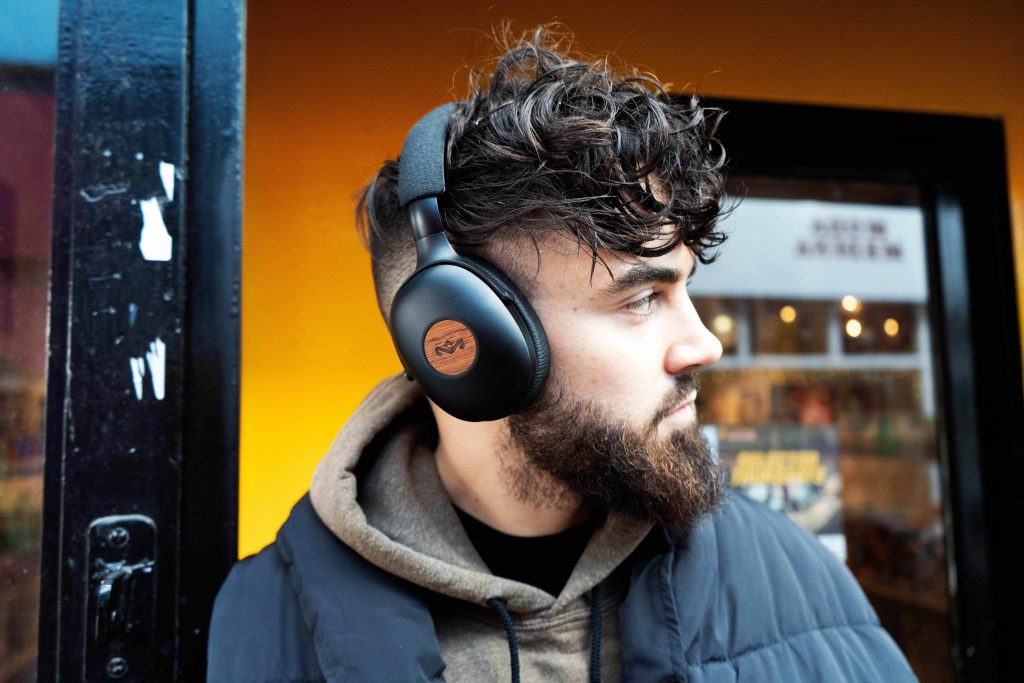Now, more than ever, customers are buying values first. People are choosing to spend their money with brands they trust to do the right thing—whether it’s using sustainable materials or ensuring ethical business practices.
Environmental awareness remains a key priority for consumers, with many expecting brands to actively think and act green.
A new level of brand advocacy has emerged—especially for local businesses. People are going the extra mile to support them, whether through pre-purchasing vouchers or pledging support via crowdfunding. So how can brands ensure they’re building a loyal and sustainable supporter base?
The United Nations is calling the 2020’s the ‘Decade of Action’. A period of time in which governments, civil society and businesses are being called upon to walk the walk, not just talk the talk. To affect change, to follow through on their promises, to make things happen.
It is time, the UN declares, to accelerate “sustainable solutions to all the world’s biggest challenges”. And it is everybody’s responsibility to get involved.
That ‘everybody’ includes brands new and old, who are navigating their own set of pressures from an increasingly militant consumer audience. One that’s beginning to not only view environmental action as a nice to have among their favourite brands, but a downright necessity.
In fact, one recent survey showed that a huge 72% of respondents were actively buying more environmentally friendly products than they did just five years ago.
Green marketing matters, doesn’t it?
One effect of this collective consciousness raising – admirably encouraged by the Greta Thunbergs of the world – can be seen in the rapid uptake of green initiatives by brands on mass. So much so, that this kind of activity has been assigned its very own name – ‘Green Marketing’ – which refers to the promotion of products or services using their sustainable characteristics as a key selling point.
Take Timberland, for example, who uses the sustainability narrative to market itself while doing its bit for the planet at the same time. The brand’s Nature Needs Heroes campaign was designed to create a conversation around its long-term sustainability strategy while also strengthening views about Timberland as just that: sustainable to the core. On top of this, they’ve pledged to use 100% organic and renewable material in their products by 2020 and have committed to planting 50 million trees by 2025, making them one of the brands who is, it’s safe to say, walking that walk. And they’re not alone. Other household names who have got their eco-activity down to a fine art include Starbucks, IKEA, Coca-Cola and The Body Shop, who’ve all undertaken notable initiatives to help give back to the planet.
Green marketing is a concept that’s been interpreted in different ways, though, with some brands focusing their environmental action on marketing alone. For example, Ovo Energy, was both criticised and praised for its pledge to make all of its marketing and advertising activity green. This included ditching out-of-home print advertising, only using digital powered by renewable energy and putting an end to door drops, among other measures. Sounds good, right? And it is. But at the same time, a pledge like this does bring into question why the company still deems it appropriate to charge extra for its renewable energy plans, unlike other providers who offer 100% renewable energy as standard.
When you consider this, it’s hard not to feel like there’s an element of all-aboard-the-bandwagon here. Is Ovo really committed to the environment, or are they just using the hottest of all hot topics as another means to (perhaps disingenuously) market themselves? The answer probably lies somewhere in between, and there’s a strong case to be made for the fact they’re bothering to do something, at least. Which brings us onto another of the big green marketing conundrums…
Is digital marketing more environmentally friendly?
Ovo’s commitment to ditching printed materials draws our attention to another planet-sized question mark when it comes to eco-friendly business activity. It’s long been assumed that paperless marketing is better for the environment… got to save those trees, right? We’ve all certainly received the paper-free billing memos from our banks and utility providers by now. But that’s just it – many of us assume digital is better for the planet without looking too closely at the facts. Like this one: paper is one of the only truly renewable products around, with certification schemes meaning that most of it comes from well-managed forests that help the environment. And this one: Between 2005 and 2015, European forests actually grew by an area the size of Switzerland.
Add to that the fact that digital activity does come with its downfalls too – such as the pressing problem of e-waste – and it seems the answer may not be so clear-cut after all.
One thing’s certain, though: it’s no longer enough for a business simply to switch to paperless marketing in order to feel like it’s doing the planet a huge favour. Could it be, in fact, that doing so is just another way to talk the talk, without really walking the walk?
How do you market green without losing trust?
One brand that’s hitting the sweet spot of green marketing, and who we’ve been lucky enough to work with, is music technology brand, House of Marley, whose entire ethos centres around: “superior quality, sustainability and a commitment to charitable causes.” In a chicken and egg like scenario, they’re a great example of a brand who puts sustainability first, weaving it through their entire business model from the start rather than tacking onto an existing proposition. Sustainability is part of their reason for being, not part of a temporary drive for sales.

We saw first hand how House of Marley’s sustainability angle performs better on social media than other types of targeting, proving that if the ethos is there, green marketing will come across as genuine (mainly because it is). And that’s what it’s all about. Brands need to find something that truly strikes a chord with them when it comes to environmental issues before diving head first into green marketing activity. They need to prove that they’re examining all aspects of their business and its impact on the environment, and how they can use their position of power to help counteract this, and to give back.
If there’s one thing that’s certain about the digital era we live in, it’s that people are better armed with information than ever before. That means – in short – it’s no good trying to pull the wool over your audience’s eyes with slick trickery, or green gimmickry. And it’s no good making promises you can’t keep, or statements you can’t prove. Tough crowd? We’d say so. But when you consider what’s at stake, that doesn’t feel like such a bad thing after all. If you’d like to chat about how to effectively communicate your brand values, get in touch with one of the team.

Found is the Everysearch™ agency, a master of search performance across PPC, SEO, paid social, and creative content.


